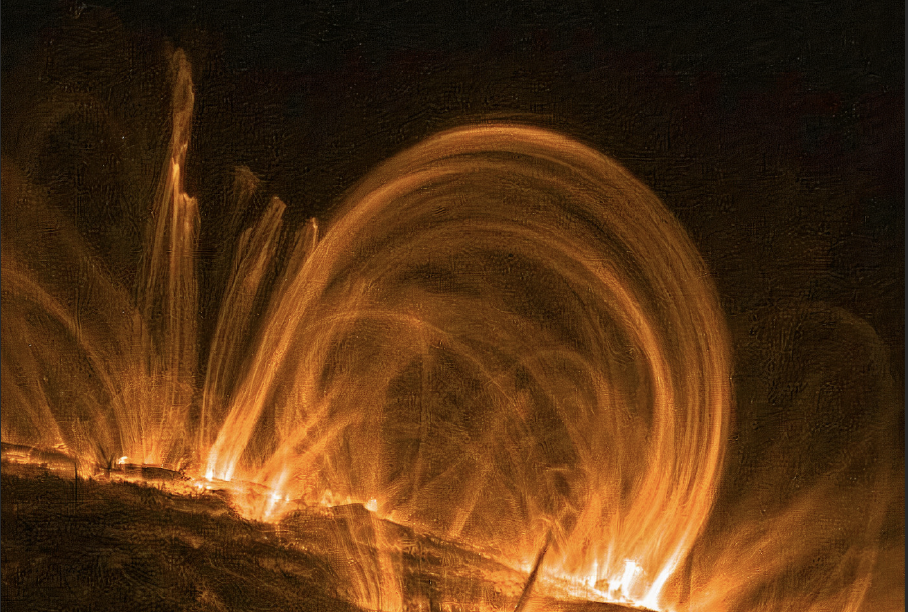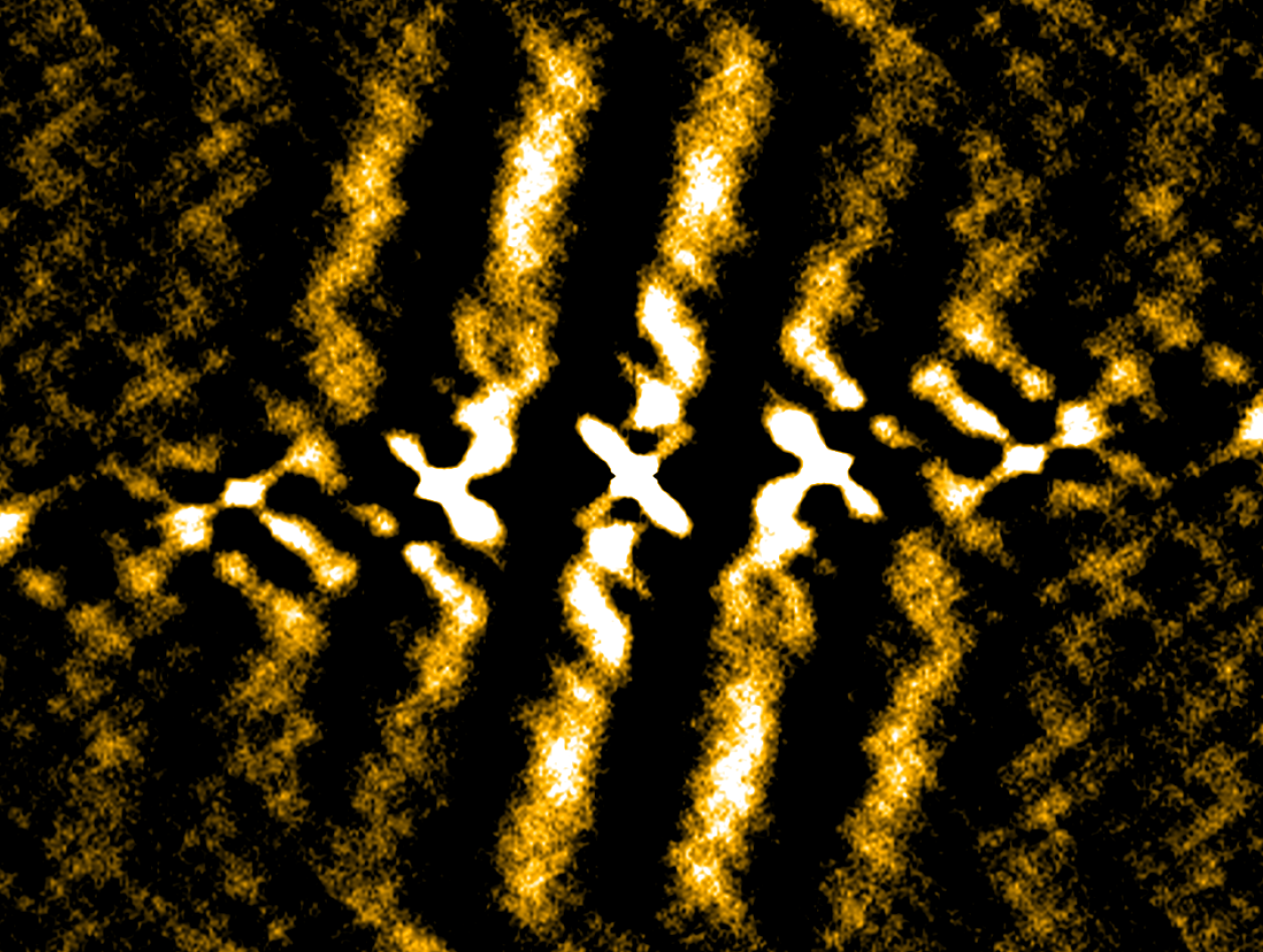Publications
2021
- PhDAn Analysis of Magnetohydrodynamic Waves and Oscillations in the Solar CoronaFarhad AllianJul 2021
Loops of hot plasma trace the invisible magnetic field lines of the Sun’s dynamic corona. These structures are known to host various magnetohydrodynamic (MHD) waves and oscillations and are believed to play a crucial role in long-standing problems, such as the enigmatic heating of the solar corona. Recent high-resolution observations have galvanised interest in understanding the nature of these loops. Often, coronal loops are observed to oscillate in response to an expulsion of energy from solar flares, with frequencies of around 1-10 mHz. Current efforts are aimed at determining the physical parameters of the loops that are otherwise unmeasurable by virtue of seismology. However, before seismic inversions can be successfully executed, it is imperative to fully understand the observed wave signals emitted from these structures, including the techniques used for their analyses. Using multiple observations, we develop a novel technique for detecting periodicities within complex coronal arcades. Key applications include loop oscillations with a poor image contrast whereby the inherent waveform is revealed. Next, we ask whether it is possible to identify high-frequency wave signals from an oscillating loop using two common spectral methods. We demonstrate that the spectrum of a loop oscillating with a single frequency contains power at frequencies that are integer multiples of the fundamental frequency. These frequencies are completely artificial and arise owing to the inability of the methods to distinguish the periodic but non-sinusoidal signals from coronal waveforms. This study highlights simple cases where the methods themselves fail, and calls for more robust procedures, including 3D MHD simulations, to confidently reveal such high frequencies. Finally, we investigate a rare event of transverse oscillations induced by consecutive flares. We find evidence of a loop exhibiting a change in frequency during the observation and discuss the possibility of multiple simultaneous excitation sources.
- A&AThe Need for New Techniques to Identify the High-frequency MHD Waves of an Oscillating Coronal LoopFarhad Allian, and 1 more authorJun 2021
Magnetic arcades in the solar atmosphere, or coronal loops, are common structures known to host magnetohydrodynamic (MHD) waves and oscillations. Of particular interest are the observed properties of transverse loop oscillations, such as their frequency and mode of oscillation, which have received significant attention in recent years because of their seismological capability. Previous studies have relied on standard data analysis techniques, such as a fast Fourier transform (FFT) and wavelet transform (WT), to correctly extract periodicities and identify the MHD modes. However, the ways in which these methods can lead to artefacts requires careful investigation. We aim to assess whether these two common spectral analysis techniques in coronal seismology can successfully identify high-frequency waves from an oscillating coronal loop. We examine extreme ultraviolet images of a coronal loop observed by the Atmospheric Imaging Assembly in the 171 Å waveband on board the Solar Dynamics Observatory. We perform a spectral analysis of the loop waveform and compare our observation with a basic simulation. The spectral FFT and WT power of the observed loop waveform is found to reveal a significant signal with frequency ∼2.67 mHz superposed onto the dominant mode of oscillation of the loop (∼1.33 mHz), that is, the second harmonic of the loop. The simulated data show that the second harmonic is completely artificial even though both of these methods identify this mode as a real signal. This artificial harmonic, and several higher modes, are shown to arise owing to the periodic but non-uniform brightness of the loop. We further illustrate that the reconstruction of the ∼2.67 mHz component, particularly in the presence of noise, yields a false perception of oscillatory behaviour that does not otherwise exist. We suggest that additional techniques, such as a forward model of a 3D coronal arcade, are necessary to verify such high-frequency waves. Our findings have significant implications for coronal seismology, as we highlight the dangers of attempting to identify high-frequency MHD wave modes using these standard data analysis techniques.
2019
- ApJA New Analysis Procedure for Detecting Periodicities within Complex Solar Coronal ArcadesFarhad Allian, and 2 more authorsJul 2019
We study intensity variations, as measured by the Atmospheric Imaging Assembly on board the Solar Dynamics Observatory, in a solar coronal arcade using a newly developed analysis procedure that employs spatio-temporal autocorrelations. We test our new procedure by studying large-amplitude oscillations excited by nearby flaring activity within a complex arcade and detect a dominant periodicity of 12.31 minutes. We compute this period in two ways: from the traditional time-distance fitting method and using our new autocorrelation procedure. The two analyses yield consistent results. The autocorrelation procedure is then implemented on time series for which the traditional method would fail due to the complexity of overlapping loops and a poor contrast between the loops and the background. Using this new procedure, we discover the presence of small-amplitude oscillations within the same arcade with 9.13 and 9.81 minute periods prior and subsequent to the large-amplitude oscillations, respectively. Consequently, we identify these as “decayless” oscillations that have only been previously observed in nonflaring loop systems.


